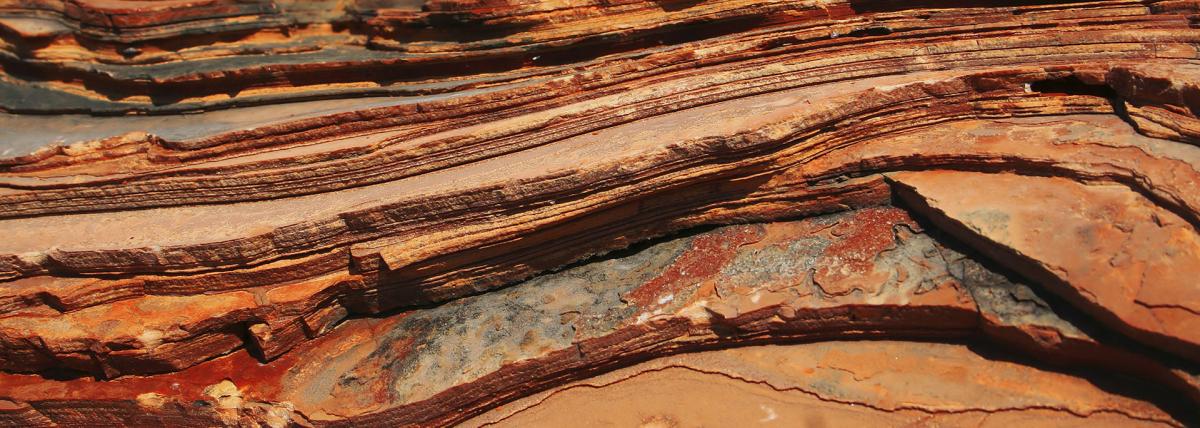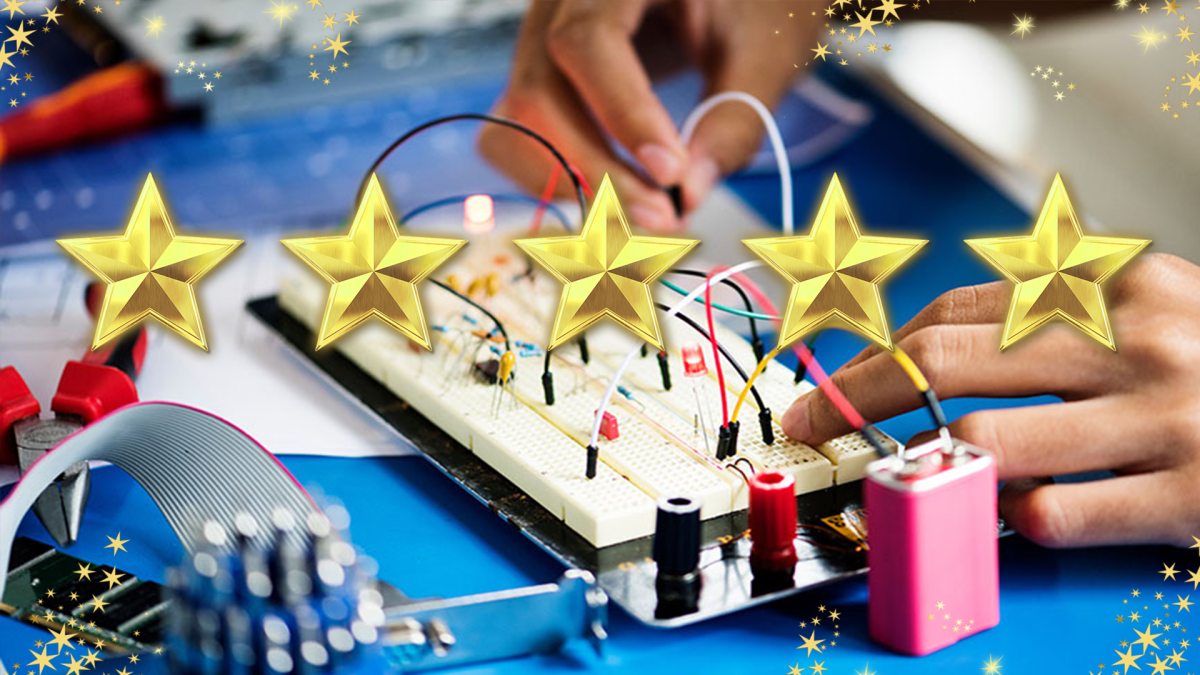Grades:
3rd Grade
Continue the exploration of fungi and harvest the grown mushrooms in the classroom, build a model of a chosen mushroom type, taste test and record observations of harvested mushrooms and apply the
Grades:
3rd Grade
Explore the world of fungi by exposing students to how mushrooms grow, the differences between plants and fungi, growing mushroom examples in the classroom, dissecting various mushroom samples and
Grades:
9th Grade, 10th Grade
Students will obtain, evaluate and communicate data to explain the relationship between cellular respiration and the body systems used in exercise.
Grades:
2nd Grade
In this culminating project, students will construct a model demonstrating how plants need energy to survive and thrive, including air, water, certain temperature conditions, and sun energy. Students
Grades:
6th Grade, 7th Grade, 8th Grade
Calling all engineers, artists, scientists, and crafters! Our MAKER FAIRE is a venue for our “makers” to show off your talents, innovations, and creative solutions! Join the Maker Movement! Students
Grades:
9th Grade, 10th Grade, 11th Grade
This is a week- long set of lessons building on the structure and function of skin. The first few days will have students using technology to complete research. Students will also explore the
Grades:
10th Grade
In this lesson, students will engage in argument from evidence to determine the feasibility of the use of an energy resource. Students will research an energy resource and answer a set of
Grades:
4th Grade, 5th Grade
In this lesson plan, students will explore the fascinating world of magnetism. Students will learn about different types of magnets and how they work. Additionally, we will delve into the concept of
Grades:
3rd Grade, 4th Grade, 5th Grade
This lesson is a great introduction for space exploration units. This plan goes over the history of rockets, how they work, and how modern rockets help us explore the solar system. There are 2 hands
Grades:
2nd Grade
Students will learn about the adaptation of camouflage through picture books and research. They will then learn about animals specific to the area. (In this lesson, we are using the Bill Williams
Grades:
7th Grade, 8th Grade, 9th Grade, 10th Grade, 11th Grade
This is a lesson that can be taught in 5 days or one week. The lesson was put together in collaboration with Smithsonian Science Education Center. It talks about global goals (one of which is food and
Grades:
5th Grade
This is lesson four of a four-part design challenge unit that focuses on the concept of force and motion, specifically the phenomena of flight. Students will need approximately 45 minutes to complete
Grades:
6th Grade, 7th Grade, 8th Grade
For this lesson, students will be using the LEGO Spike Prime Kits and LEGO Mindstorm software. Students will writing programs using the Color Sensor to make the Driving Base autonomous.
Grades:
1st Grade, 2nd Grade, 3rd Grade
We begin with the observation of a phenomenon - the spinning pioneer button. Students make their own spinning pioneer button and experiment with different lengths of string. With teacher input and
Grades:
3rd Grade
Students will use math and technology to create and interpret scaled picture graphs and bar graphs. Students will learn how to create scaled picture graphs and bar graphs to represent a data set with
Grades:
3rd Grade, 4th Grade, 5th Grade, 6th Grade, 7th Grade, 8th Grade, 9th Grade, 10th Grade, 11th Grade
This engineering design STEAM lesson is intended to be introduced as a playful and inventive approach to learning simple machines. Students explore levers, cams, cam followers, linkages, and other
Grades:
7th Grade, 8th Grade, 9th Grade, 10th Grade, 11th Grade, 12th Grade
Want to incorporate the Arts into your 7-12 STEM classroom? The Global Science Opera provides a way to do just that! Learn how to facilitate a STEAM collaboration with arts teachers to make it happen.
Grades:
8th Grade
The students will come up with what is sound and how it is produced. Then in the next two lessons explore with a signal generator to explore amplitude and frequency.
Grades:
4th Grade, 6th Grade
This project consists of the final part of a four-part unit for 4th and 6th-grade students exploring Arizona's science standards. Students will study how living things compete for energy and resources
Grades:
4th Grade, 6th Grade
This project is the third of four parts involving 4th—and 6th-grade students exploring Arizona's science standards. Students will learn about how human activities impact the environment, competition
Grades:
6th Grade
Students are challenged to create a battlebot that will be powered by a sphero and compete against other bots. Each bot will have an inflated balloon attached to the back. The objective is to pop
Grades:
1st Grade
Welcome to an exhilarating journey of problem-solving and exploration with Bee-Bots! In this captivating adventure, students will embark on a thrilling quest to navigate through challenging mazes
Grades:
4th Grade, 5th Grade, 6th Grade, 7th Grade, 8th Grade
Students create a polling station, using student-made buttons, a circuit, and coding a Micro:Bit, to discover and report current student trends.
Grades:
3rd Grade, 4th Grade, 5th Grade, 6th Grade, 7th Grade, 8th Grade
Coding and flying drones what a match! Students will have the chance to experiment with flying a drone in a simulator. The lesson includes 4 missions incorporating forces of flight acting on a drone.
Featured Lesson Plans
Check out these notable lesson plans.

Grades:
4th Grade
Explore Coal Mine Canyon's wonders! Watch a documentary, read about geology, draw the canyon, and use tech to learn about geological layers. Fun, interactive learning awaits!

Featured
Makey Makey with The Bionic Kid
Grades:
4th Grade
Imagine how cool it would be to build a video game controller out of bananas! In this engineering design challenge, you will learn how to use everyday items and a Makey Makey kit to design a

Grades:
Kindergarten, 1st Grade, 2nd Grade
This lesson combines ELA (reading and discussing the story), engineering (design a balloon with materials given and attach the balloon to an EdBot), and technology (code an EdBot to run the parade
